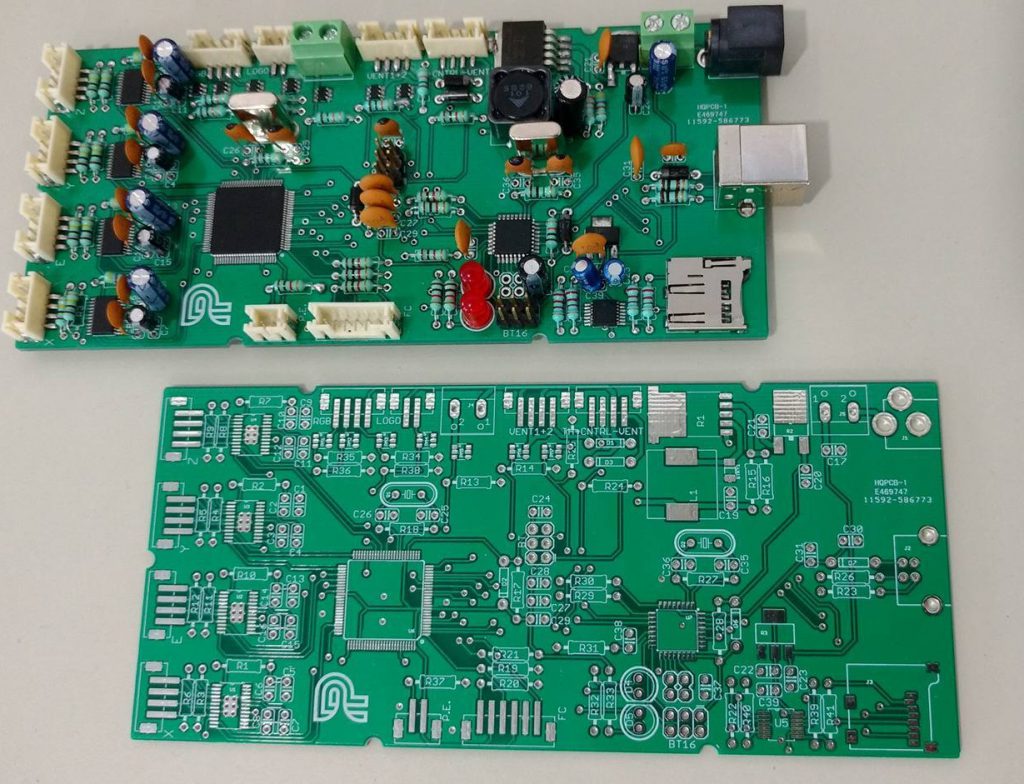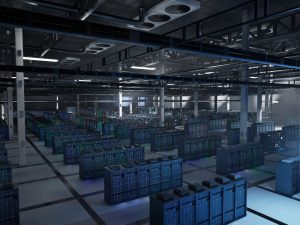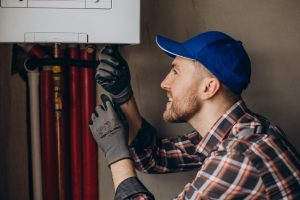The drying of electronic boards is a critical process in the electronics and semiconductor industry. During the manufacturing, cleaning, repair, or testing of printed circuit boards (PCBs), they can retain moisture on their surface and in the micro-gaps between components. If this water is not properly removed, it can cause:
- Corrosion of traces and metal contacts.
- Premature oxidation of solder joints.
- Risk of short circuits when powering the board.
- Intermittent failures or reduced lifespan of electronic components.
For these reasons, controlled and uniform drying systems are required, where electric heaters play a key role.
Function of Electric Heaters in Electronic Drying
Electric heaters, such as tankless types, allow for:
- Generating hot air or water at stable temperatures for drying processes without the risk of overheating.
- Maintaining precise temperature control, essential when handling sensitive components.
- Reducing relative humidity in drying chambers or air tunnels.
- Preventing electrostatic charges by working with treated and filtered air.
Application Example: H2OTEK Electric Tankless Water Heater
An ideal piece of equipment for this type of process is:
Electric Tankless Water Heater 11 kW – 230 Volts – Single-Phase H2OTEK – Model BPE2G241111
Key Features for the Electronics Industry
11 kW Power: sufficient for continuous controlled drying applications.
Tankless Design: requires no storage, providing hot water or air instantly.
230 V Single-Phase Voltage: compatible with installations in workshops, laboratories, and electronics plants.
Precise Thermal Control: prevents damage to heat-sensitive components.
Applications of the H2OTEK BPE2G241111 Model in Electronic Board Drying
This electric heater can be integrated into different stages of the process:
- Post-Aqueous or Ultrasonic Cleaning Drying
After cleaning PCBs in aqueous systems, residual water must be removed.
The heater provides controlled hot air that accelerates evaporation without damaging the epoxy resin or components.
- Baking Boards with Absorbed Moisture
Some materials (such as plastic encapsulations in chips) absorb moisture from the environment.
Before the reflow soldering process, boards must be baked to prevent the “popcorning effect” (encapsulation bursting due to internal vapor).
The electric heater provides precise and constant heat for this stage.
- Conditioning in Dry Air Cabinets
The heater can be integrated into cabinets or tunnels where hot, dry air circulates, reducing the risk of trapped moisture.
Energy Efficiency: maximizes electricity usage without losses from combustion.
Drying of Electronic Boards: A Critical Process
The drying of electronic boards is a critical procedure that directly affects the quality, reliability, and lifespan of electronic devices. Moisture, although often imperceptible, can have devastating effects: from intermittent field failures to the complete failure of a board during testing or soldering.
In this regard, having a stable, clean, and controlled heat source becomes indispensable. The Electric Tankless Water Heater 11 kW – 230 V – Single-Phase H2OTEK BPE2G241111 provides exactly these features: immediate heat supply, sufficient power for continuous processes, and the flexibility to adapt to both production lines and service or repair laboratories.
Its tankless design eliminates the need for bulky storage tanks, allowing easy integration into drying cabinets, hot air tunnels, or baking systems for pre-baking PCBs before soldering. Unlike combustion-based systems, this equipment ensures a safe and contaminant-free process, which is essential in the electronics industry, where even small particles or residues can compromise the functionality of a circuit.
Implementing an electric heater like the H2OTEK BPE2G241111 is not only an equipment investment but also a quality assurance strategy: it reduces rejection rates, minimizes the risk of premature failures, and optimizes productivity by ensuring each board reaches the final assembly stage in optimal condition.
This model not only provides controlled heat and energy efficiency but also becomes a key ally in meeting the quality standards required by today’s electronics market, where reliability is as important as technological innovation.




